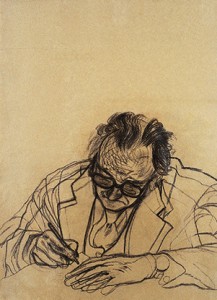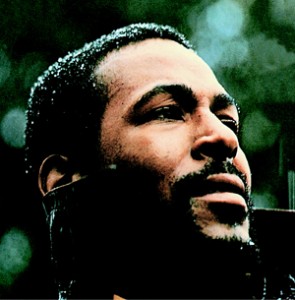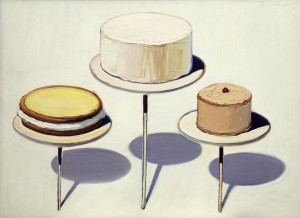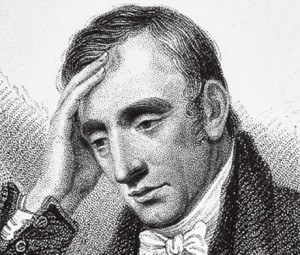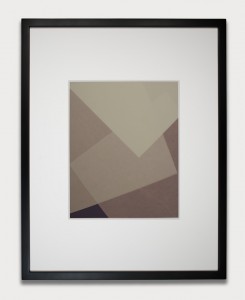
Meaning and Affect: Phil Chang’s Cache, Active
What I’ve been calling the work’s performance is nothing other than the causal account of its production, the kind of account you can give for any work of art. The difference is just that Chang has folded the process through which the work was produced into the experience of seeing it. This is a difference that matters.



